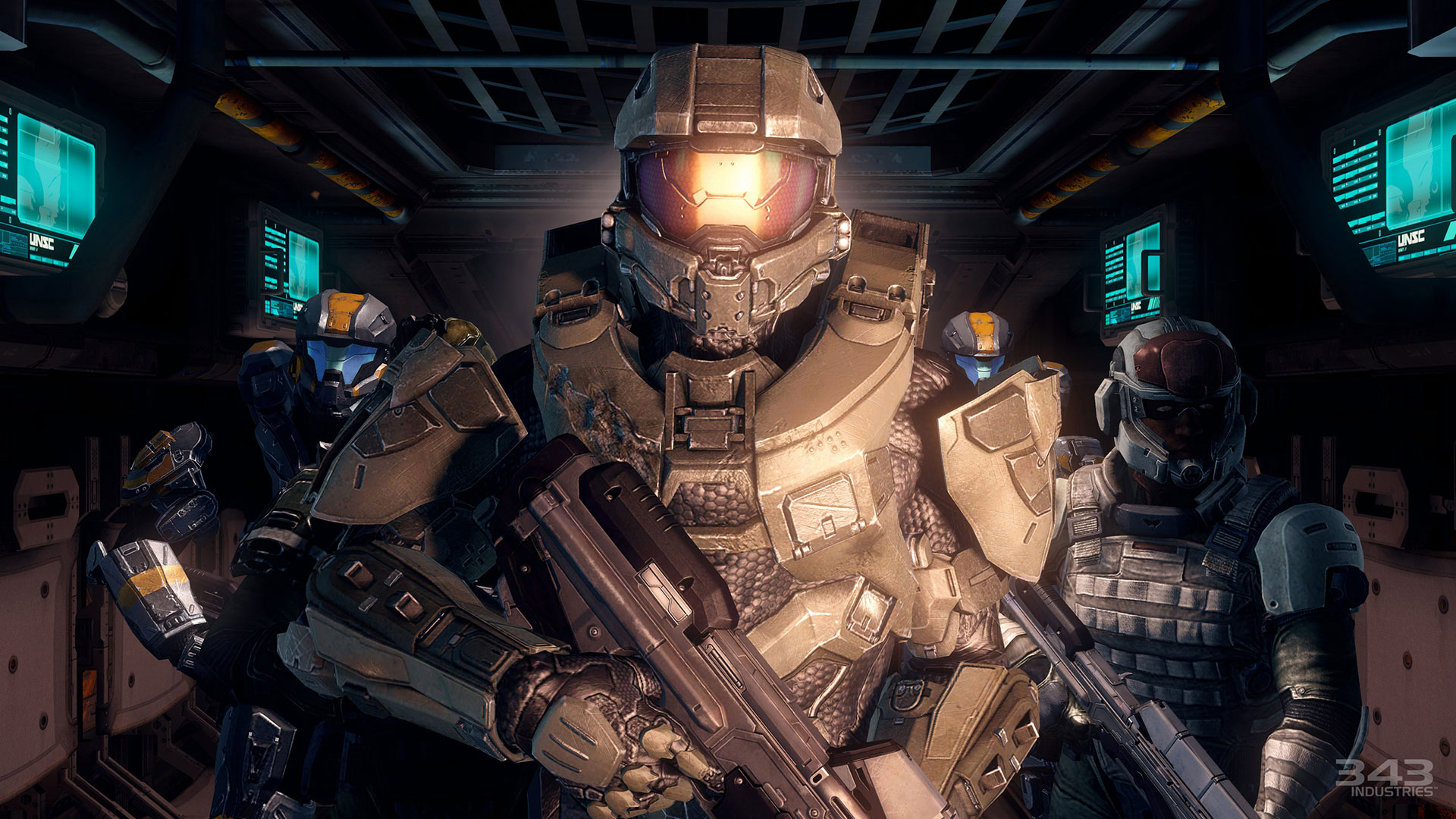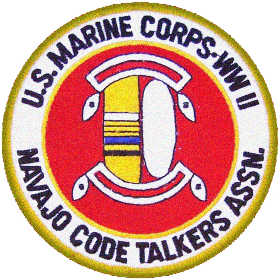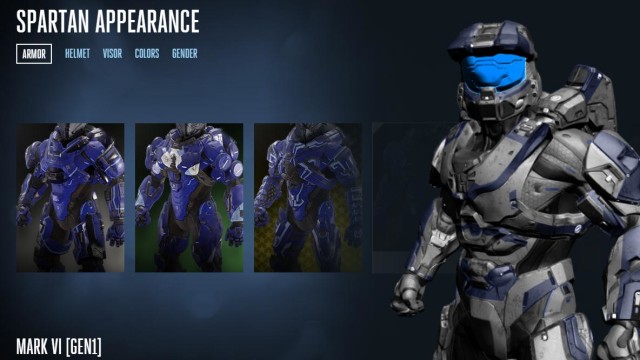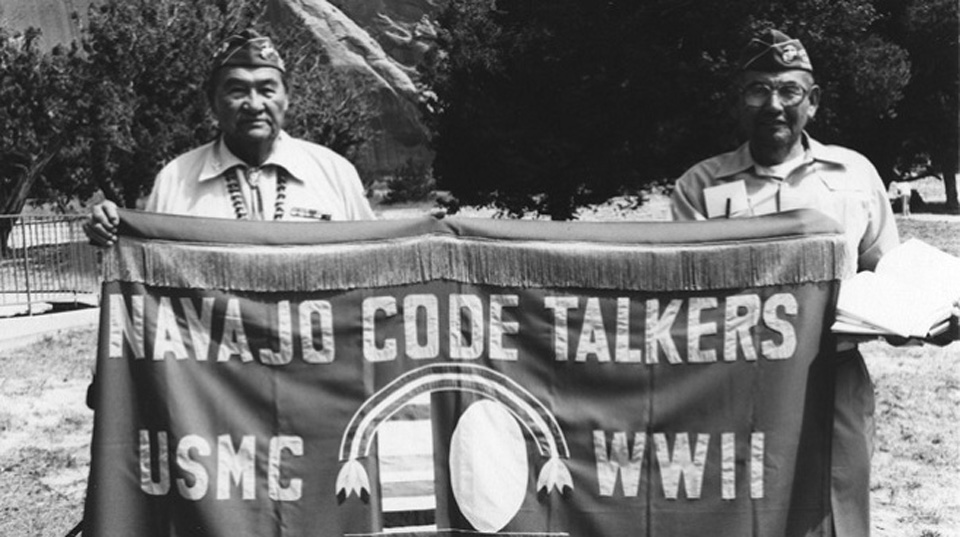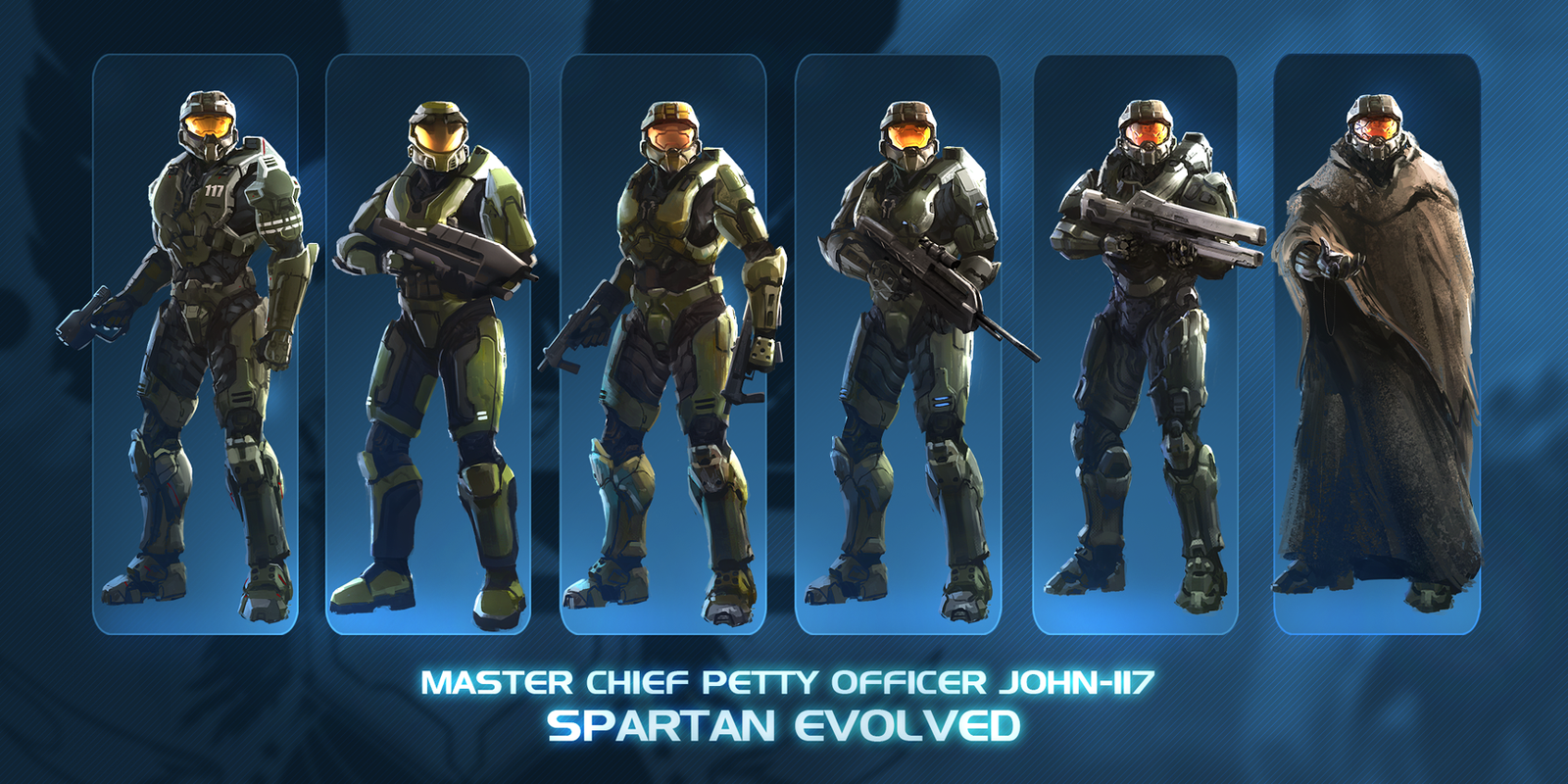Navajo code talkers
Data: 4.09.2018 / Rating: 4.8 / Views: 613Gallery of Video:
Gallery of Images:
Navajo code talkers
Navajo Code Talkers is a wellwritten history of the secret encryption program using Navajo speakers during World War Two. Aaseng provides a concise examination of the beginnings of the program, its difficulties and successes. The Navajo code talkers were U. Marines who created and used a code to keep military secrets during World War II. The code talkers played a key role in the United States victory over. Marine Corps relayed orders in the Navajo language on a field radio in the South Pacific. Cipher machines, or machines that create coded messages, did not work well in the jungles of the Pacific Islands during World War II. The Navajo code talkers helped to win World War II The Nicholas Cage movie Windtalkers and several recent books have highlighted the hardships and discrimination these men faced to. Long unrecognized because of the continued value of their language as a security classified code, the Navajo code talkers of World War II were honored for their contributions to defense on Sept. 17, 1992, at the Pentagon, Washington, D. To this day, the Navajo code talkers' language remains the only unbreakable code ever used by the Marine Corps. Navajo code talkers posing during World War II. The Navajo language is a complex beast, even for those who have grown up speaking it. The story of the Navajo Code Talkers begins in 1940 when a small group of Chippewas and Oneidas became a part of the radio communications 32nd Infantry Division. Soon after, Sac and Fox tribes joined in the ranks as combat radiomen. The complexity of Navajo linguistics allowed it to become an ideal choice to be used in code due to the lack of. The Navajo Code Talkers were a great part in World War II. They helped us win the war, and yet, they are still greatly unappreciated. No one knows who the Navajo Code Talkers are, what they did, or their Native American culture or history. Watch videoIn 1942, 29 Navajo men joined the U. Marines and developed an unbreakable code that would be used across the Pacific during World War II. George Smith, one the Navajo code talkers who helped the U. military outfox the Japanese during World War II, has died. The visitor's center and Navajo Code Talker Museum are in the same location. This is an amazing part of our country's history and perhaps not given the respect and admiration it deserves. The Navajo Code Talkers were once just a group of 29 young Navajo males, put on a bus bound for Marine Corps training in 1942. In World War I, Navajo men were enlisted in the army to communicate battle plans via telephone. Navajo Code Talkers National security of every country highly depends on secrecy maintainance, especially during wartime. Secrecy is an important element of victory. Navajo Code Talkers is an Android mobile device application that contains 677 basic Navajo words that were used by the Navajo Code Talkers to transmit unbreakable coded messages. At a touch of a finger, you can easily find Navajo words by searching the English word counterpart. The military's Navajo Code Talkers program of World War II remained a secret until it was declassified in 1968. In 1982, President Reagan signed a proclamation declaring Aug. Code talkers made an even bigger impact during World War II, when the U. government specifically recruited Comanche, Hopi, Meskwaki, ChippewaOneida and Navajo tribal members for such work. An Inspirational Documentary About Six Native American Heroes of World War II When Peter MacDonald, Fleming Begaye and Thomas Begay joined the elite fraternity of Navajo Code Talkers during World War II, they had no idea what they were getting into. In 1942, there were about 50, 000 Navajo tribe members. As of 1945, about 540 Navajos served as Marines. From 375 to 420 of those trained as code talkers; the rest served in other capacities. The idea to use Navajo for secure communications came from Philip Johnston, the son of a missionary to the. The Navajo Code Talkers may have been World War II heroes, but the public didnt realize it because the code created by the Navajos remained a top military secret for decades following the war. Finally in 1968, the military declassified the code, but many believed that the Navajos didnt receive the honors befitting of war heroes. I normally don't take photographs of floats. I'm there to preserve the Legacy of the Navajo Code Talkers. My good friend Kenji and myself walked the entire para de. Additionally, the Navajo Code Talkers proved faster and more accurate than Morse Code or any machine. The unique Navajo language gave the Marines a strategic advantage during the Battle of Iwo Jima and countless other World War II battles. Nez was the last living member of the first group of Navajo code talkers, a group of Native Americans recruited into the United States Marine Corps as a secret weapon to help win World War II. This Navajo Code Talkers monument is located in Window Rock, Ariz. The monument pays tribute to the Navajo Code Talkers, a small band of warriors who created an. Navajo Code Talkers Facts Franklin Roosevelt was the 32nd American President who served in office from March 4, 1933 to April 12, 1945, the day of his death. Media in category Navajo code talkers The following 49 files are in this category, out of 49 total. The Marine Corps recruited Navajo Code Talkers in 1941 and 1942. Philip Johnston was a World War I veteran who had heard about the successes of the Choctaw telephone squad. Johnston, although not Indian, had grown up on the Navajo reservation. Navajo Code Talkers Memorial bronze plaques were polished and restored by Mark Field publisher of Arizona Veterans Magazine publisher at Take Your Action Figure to Work Day In January 2000, Hasbro released a Navajo Code Talker as a 12inch figure in its G. The National Museum of the American Indian honors American Indian Code Talkers. This is a companion website to the traveling Smithsonian Institution exhibition, Native Words, Native Warriors. Private First Class Preston Toledo (left) and Private First Class Frank Toledo, Navajo Code Talkers. Juni 2014 starb mit Chester Nez der letzte der 29 Navajo, die seinerzeit den NavajoCode entwickelt hatten und als allererste zu Navajo Code Talkers ausgebildet wurden. [4 Zum Andenken an die Dienste der Navajo im Zweiten Weltkrieg wurde im Jahr 1982 der 14. Navajo code talkers (and cousins), Preston and Frank Toledo at Ballarat, Australia. Picture from the Smithsonian, courtesy of the National Archives. In United States history, the story of Native Americans is predominantly tragic. Settlers took their land, misunderstood their customs. Code talkers from more than a dozen other tribes such as the Seminole, Comanche, and Meskwaki were also deployed as code talkers in more limited numbers in. Preview and bookmark websites you will be using in the lesson, such as Navajo Code Talkers, the Navajo People's Navajo Code Talkers History, Din Bizaad Yee Atah Naay' Yik'eh Deesdl or searching Navajo code talker on the Central Intelligence Agency or Naval History and Heritage Command websites. I do not own the rights to video. I am merely trying to educate about the Dine'(Navajo) People. The Navajo Code Talkers were a great part in World War II. They helped us win the war, and yet, they are still greatly unappreciated. No one knows who the Navajo Code Talkers are, what they did, or their Native American culture or history. The army chose to experiment with Indian code talkers, but only on a limited scale. In autumn 1940, a small group of Chippewas and Oneidas joined the Thirtysecond Infantry Division for the express purpose of radio communications. Navajo Code Talker Dictionary; Navajo Code Talkers: World War II Fact Sheet; Naval Anecdotes Relating to HMS Leopard Versus USS Chesapeake, 24 June 1807. Navajo Code Talkers' Dictionary. REVISED 15 JUNE 1945 (DECLASSIFIED UNDER DEPARTMENT OF DEFENSE DIRECTIVE 5200. 9) Navajo Code Talkers is a mobile device application that contains 677 basic Navajo words that were used by the Navajo Code Talkers to transmit unbreakable coded messages. At a touch of a finger, you can easily find Navajo words by searching the English word counterpart. The latest Tweets from Navajo Code Talkers (@NavCodeTalkers). To preserve the Navajo Code Talker story and their unbreakable code through a museum in the four corners area We've detected that JavaScript is disabled in your browser. Native Americans from the American southwest were vital to Allied victories during WWII. The Navajo Code Talkers were treated with the utmost respect by their fellow marines. Major Howard Connor, who was the signal officer of the Navajos at Iwo Jima, said, Were it not for the Navajos, the Marines would never have taken Iwo Jima. Watch videoDuring World War II when the Americans needed to find a secure method of communicating they devised a code using the Navajo language. So Navajos were recruited to become what they call code talkers. The Honoring the Code Talkers Act, introduced by Senator Jeff Bingaman from New Mexico in April 2000 and signed into law December 21, 2000, called for recognition of the Navajo code talkers. A documentary film produced about Peter McDonald that served as a Navajo Code Talker during World War II. This film includes a series of interviews with Peter McDonald that cover his life and journey from Tuba City, Arizona to the United States Marine Corps. Were it not for the Navajo Code Talkers, the Marines never would have taken Iwo Jima. Navajo School graduated 421 code talkers assigned mostly to combat units overseas. Following Japans surrender, several volunteered for occupation duty. Navajo Code Talkers National security of every country highly depends on secrecy maintainance, especially during wartime. Secrecy is an important element of victory. However, it is important not only to code messages but also to break enemy codes in order to gain military advantages. Navajo Code Talkers At Iwo Jima, Major Howard Connor, 5th Marine Division signal officer, declared, Were it not for the Navajos, the Marines would never have taken Iwo Jima. Connor had six Navajo code talkers working around the clock during the first two days of the battle. The Honoring the Code Talkers Act, introduced by Senator Jeff Bingaman from New Mexico in April 2000, and signed into law December 21, 2000, called for the recognition of the Navajo code talkers. Capitol on July 26, 2001, the first 29
Related Images:
- Spanish in car
- Uranus black label
- The real housewives of beverly hills 1
- Serie griffin ita
- How to dance
- Planet of the apes 2018 dvdrip
- Gundam wing operation
- Alina li pictures
- Artificial Intelligence By Rich And Knight
- Android apk f1
- Hazeher wet sister
- 12 aos de esclavitud
- Theatre of war 2 battle for caen
- Fast And Furious 6 HDTS Rip Hindi Dubbed
- Limp bizkit endless
- Wonder of the dogs
- How to train your dragon 2 hind
- Killers hot fuss
- The Full Monty Level 4
- Oi the album
- Weed Eater Push Lawn Mower Manual
- Four christmas 2018
- Addictive drums 2
- Her 2018 bluray
- Underbelly brave new world
- French season 8
- Photo to FlipBook 2 0
- Flac melody gardot
- Tcl And The Tk Toolkit 2nd Edition
- Secede Tryshasla
- Fullmetal alchemist episode 1
- I dance on your grave
- Js Closet Volume 1
- Dragons Forever 1988
- The Revolving Door of Life
- Hunter x hunter ending
- Fullmetal alchemist full
- Kung fu panda 2 1080p hindi
- The girls next door movie
- Wordly wise 3000 book 4
- Brent staples just walk on by pdf
- Family guy 100th episode
- Hellsing ova english dub
- Secret sister mp3
- Call of duty black ops zombies pc
- Vector Mechanics For Engineers Statics 8th Edition
- Book the knife man
- Code geass xvid
- Os x office
- Red widow s01e01
- Ivy and sebastian
- Fairy tail season 85
- The promise 720
- New 52 week 135
- Jason derulo tatto
- Emulator X3 Serial
- Introducao ao Estudo do Direito
- Closer to heaven
- Enrique iglesias song do you know
- Darla Crane Deauxma
- A november men
- Cell block h volume 32
- Resurrection us 720p
- Science project in hindi download
- Control Theory Fundamentals
- La la land
- Despicable me 2
- 720p bluray salt
- Il ragazzo del pony express
- All day and all of the night kinks
- Ripleys game 2002
- Polyclonal t cell activation definition
- Fsx Mega airport
- Ever 17 out of infinity
- Branson 900 series manual
- Once upon a time score
- Empire Of The Clouds Special Illustrated Edition
- Sins of a solar empire rebellion stellar phenomena skidrow

